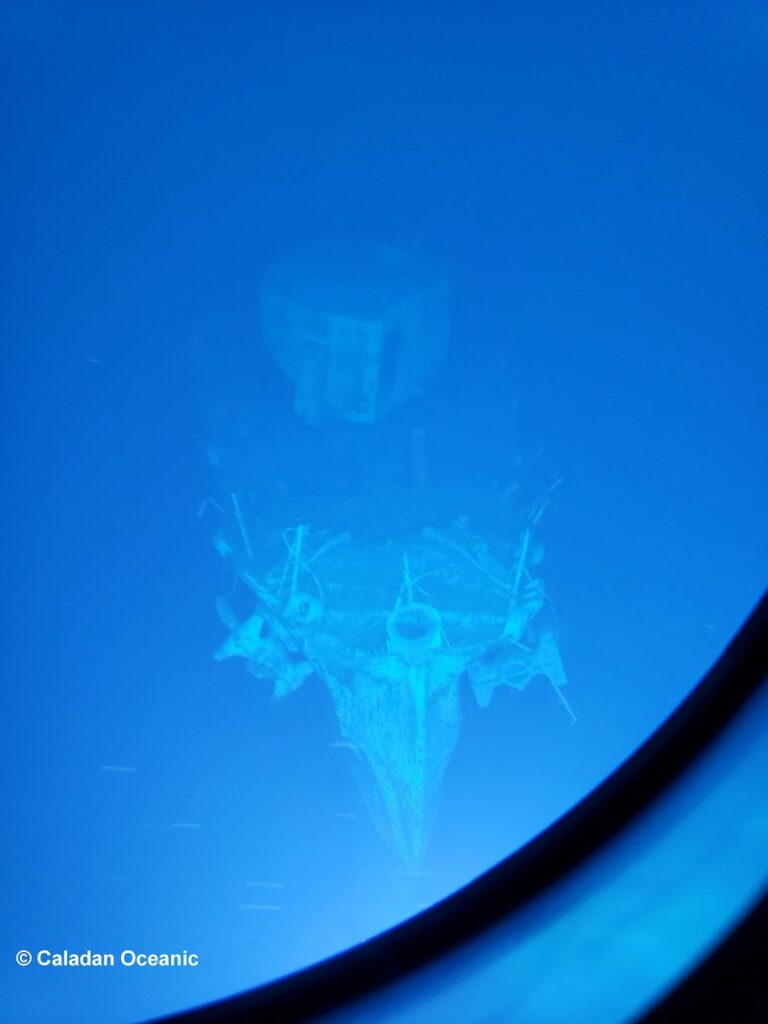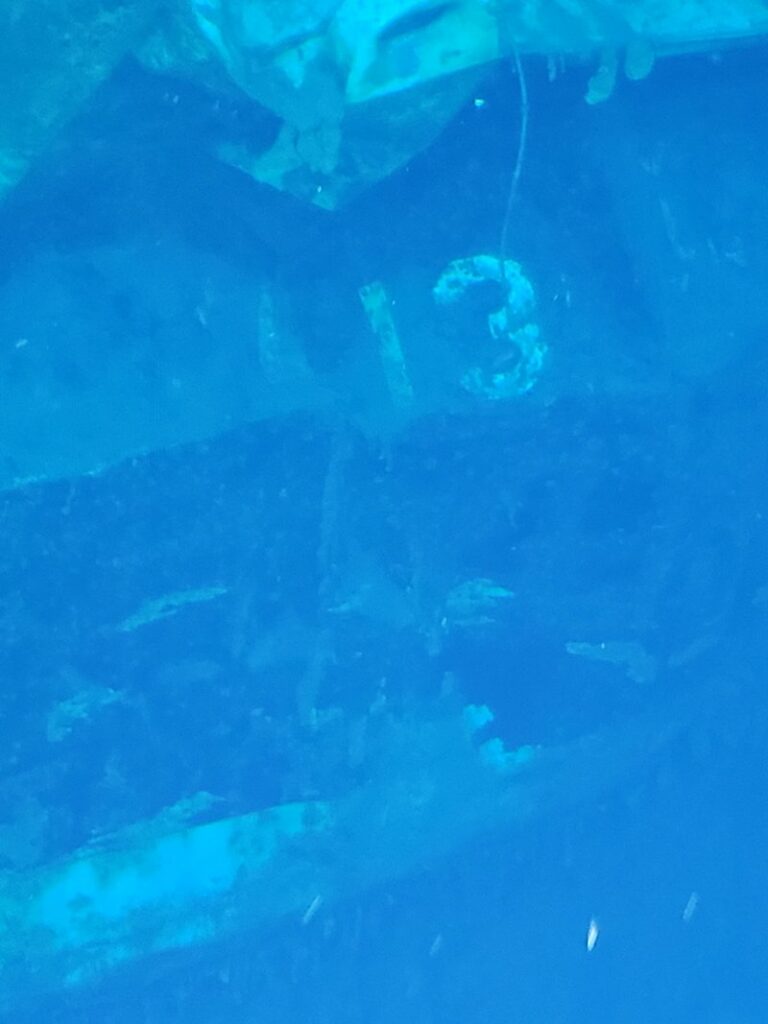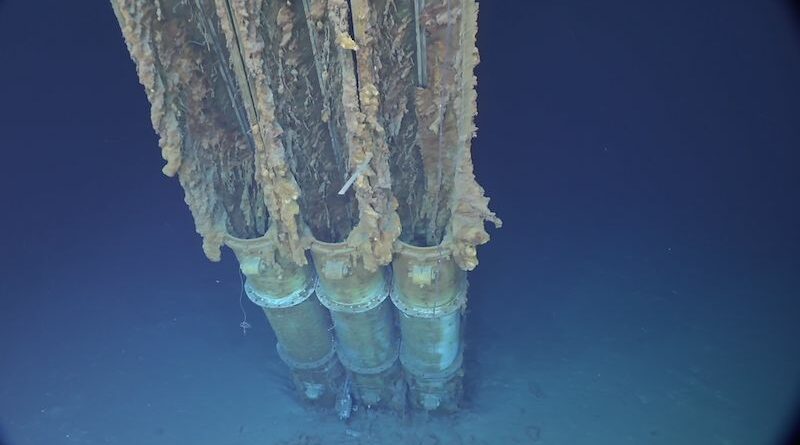St. Mark’s Alumnus Helps Find World’s Deepest Shipwreck
St. Mark’s alumnus and Caladan Oceanic founder Victor Vescovo recently discovered the USS Destroyer Escort Samuel B. Roberts (DE-413), known as the “Sammy B,” more than four miles below the Pacific Ocean, split in half and resting on a slope. It’s the world’s deepest shipwreck to be identified and surveyed.
Vescovo, who has previously completed expeditions to the world’s deepest points, alongside sonar specialist Jeremie Morizet of France, located the wreck at a depth of 6,895 meters (22,621 feet) June 22.
Previously, the deepest wreck identified and surveyed was the USS Johnston at 6,469 meters (21,223 feet), found by Vescovo last year.
The Sammy B sank during the Battle off Samar in October 1944 during which the U.S. Navy defeated the larger Japanese fleet east of the island of Samar in the Philippines. It fought three Japanese battleships, including the Yamato, which is said to be the largest ever constructed. The Sammy B carried 224 crew members, 89 of whom were killed. Captain Robert Copeland was among the survivors.

A frontal view of the Sammy B shipwreck 
A closeup of the hull number of the Sammy B
“It was an extraordinary honor to locate this incredibly famous ship, and by doing so have the chance to retell her story of heroism and duty to those who may not know of the ship and her crew’s sacrifice,” Vescovo said. “In difficult times, it’s important to reflect on those who sacrificed so much, so willingly, in even more difficult times to ensure our freedoms and way of life. I always remain in awe of the extraordinary bravery of those who fought in this battle against truly overwhelming odds — and won.”
“The Commanding Officer of USS Samuel B. Roberts (DE-413), Lieutenant Commander Robert Copeland, stated there was ‘no higher honor’ than to have led the men who displayed such incredible courage going into battle against overwhelming odds, from which survival could not be expected,” retired admiral and naval historian Samuel J. Cox said. “This site is a hallowed war grave and serves to remind all Americans of the great cost born by previous generations for the freedom we take for granted today.”
“As ever, there’s been an incredible and dedicated effort by the whole team: the ship’s crew, sub team, historians and other specialists,” said Kelvin Murray, expedition leader and director of expedition operations and undersea projects for EYOS. “Using a combination of detective work and innovative technology, everyone has pulled together to reveal the final resting place of this tenacious ship. It’s been a challenging, thrilling, and poignant expedition, one that recognizes the ships and sailors from all nations who fought so hard during this battle. We are all proud of what has been achieved and humbled by what we witnessed.”
Vescovo and a team at EYOS Expeditions conducted a series of six dives over eight days searching for the wrecks of both the Sammy B and the Gambier Bay (CVE-73) at over 6,500 meters from June 17-24, but were unable to find the Gambier Bay. They didn’t find the other destroyer lost in the battle USS Hoel because of scarce and unreliable data.
Caladan Oceanic believes this use of its new Deep Ocean Search sidescan sonar is the deepest side-scan sonar ever installed and operated on a submersible, operating well beyond the standard commercial limitation of 6,000 meters and tested to 11,000 meters or full ocean depth. Caladan intends to take it all the way down to the bottom of the ocean at the Mariana Trench’s Challenger Deep in early July.









